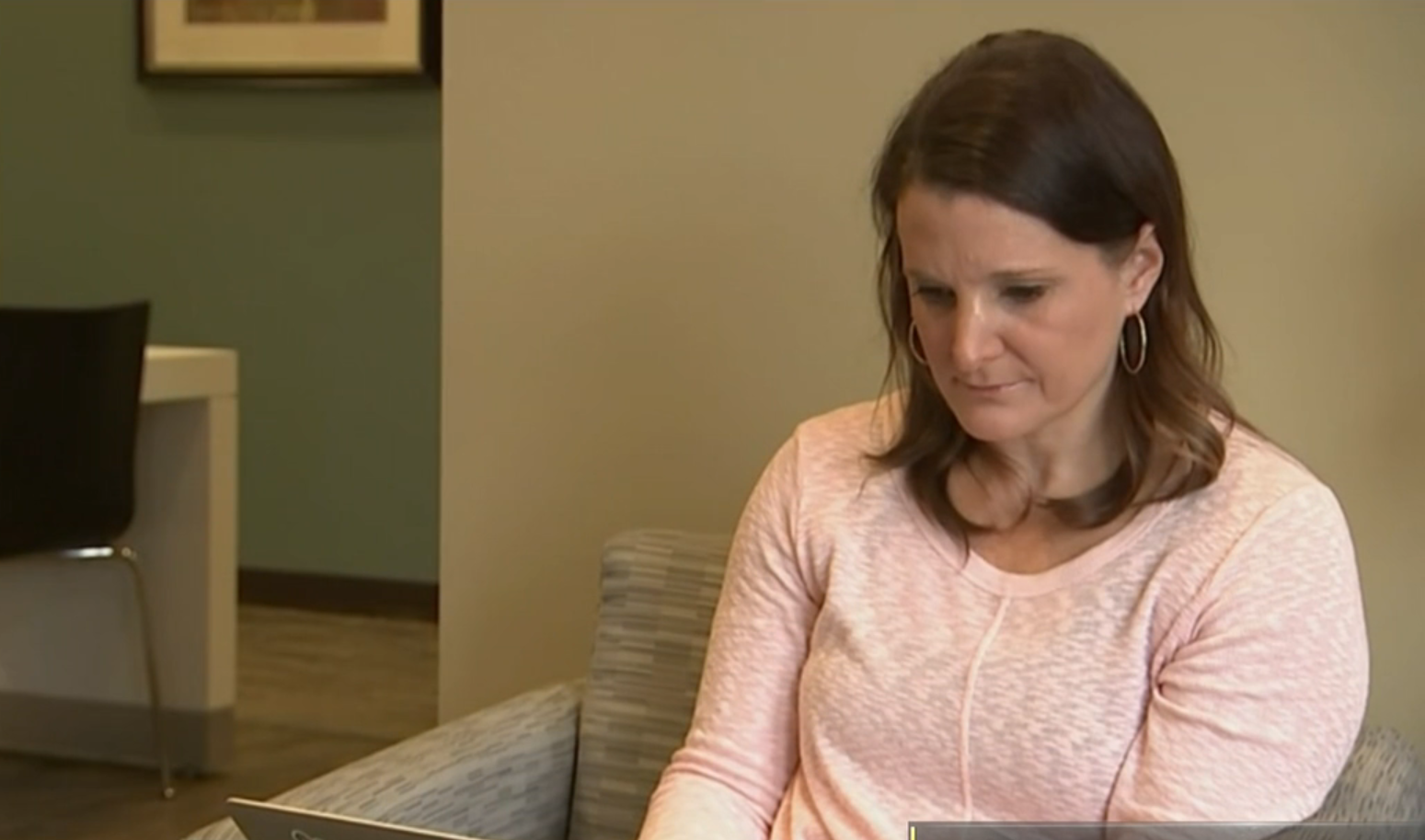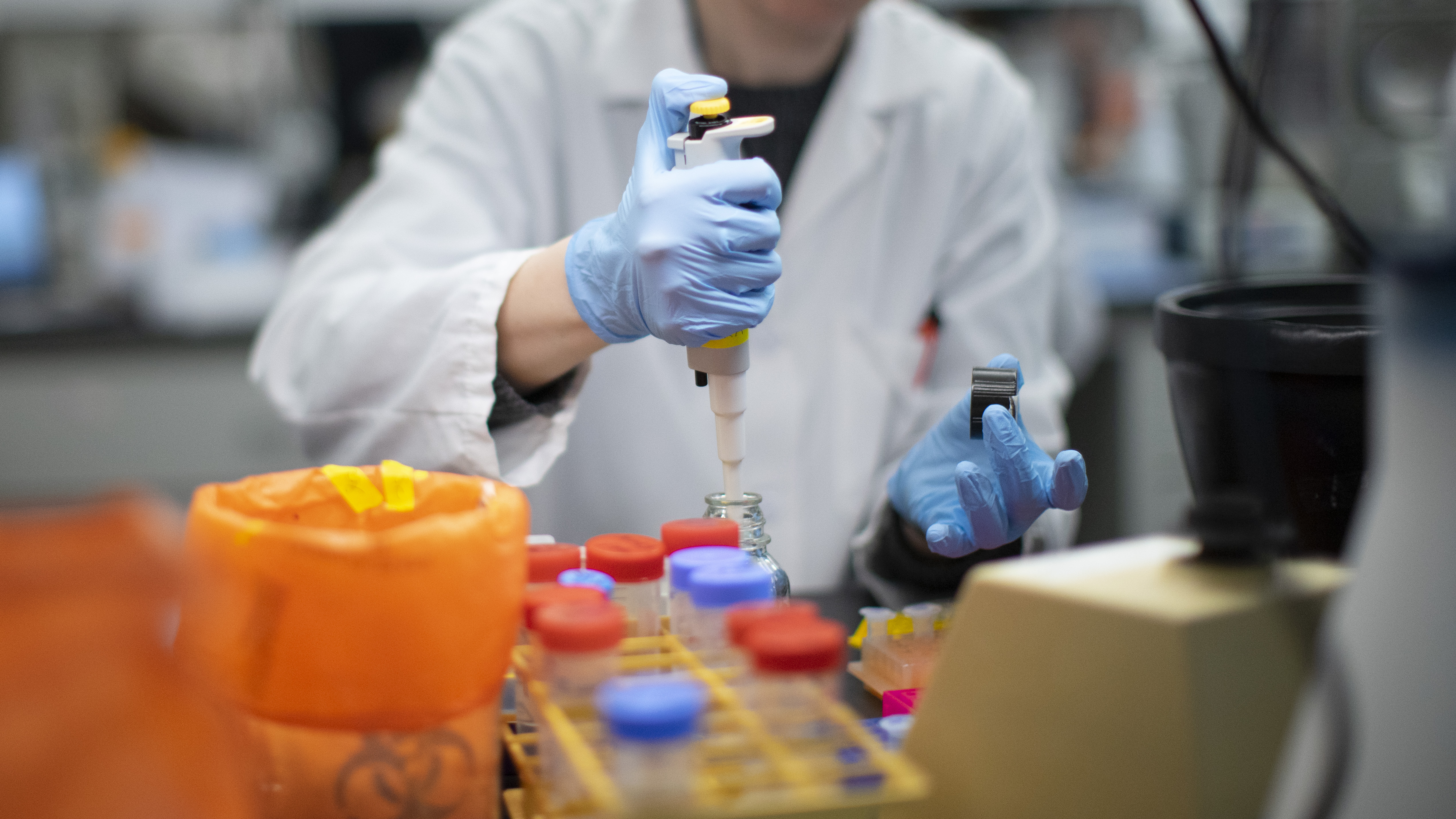Amid growing calls to let municipalities and counties make decisions on how rapidly they want to relax orders in place during the COVID-19 pandemic, Illinois Governor J.B. Pritzker says that most of the decisions should continue to lie within the purview of state government.
During his daily coronavirus press conference Wednesday, Pritzker said that his administration is working to ensure that the ongoing “stay-at-home” order is fair to all state residents, whether they live in an urban area or a rural community.
“We’re looking at all orders and thinking of the health and safety of everyone in the state, no matter where they live,” he said.
The stay-at-home order currently runs through April 30, and while Pritzker has indicated that there might be changes made to the order, he has not said conclusively what will happen when that date passes.
The one thing he did say, however, is that the authority to lift the “stay-at-home” order lies with him and other state officials.
“Things in the executive orders are state law, or are mandated by executive order. They can only be removed by the state government,” he said.
The governor did say that there are some COVID-19 restrictions that fall under the control of city and county officials.
“We’ve left in the hands of counties and cities a lot of decisions, such as what to do with their city or county parks,” he said.
Pritzker also cited the authority of local leaders to institute decisions that they deem necessary for public health, including mandates that business employees and customers must wear masks in communities like Skokie, and like Mayor Lori Lightfoot’s decision to close Chicago’s Lakefront Trail to help encourage social distancing guidelines.
In the end, Pritzker said that the important thing for people to remember is that these measures have been put in place to stop the spread of coronavirus, and that the virus doesn’t distinguish between urban and rural residents.
“A restaurant in a rural community has the same ability to spread COVID-19 as a restaurant in an urban community,” he said. “It’s a challenge to identify things that are that much different, (but) we are working to find those differences, and to allow as many people to work as possible without endangering those individuals’ lives.”



